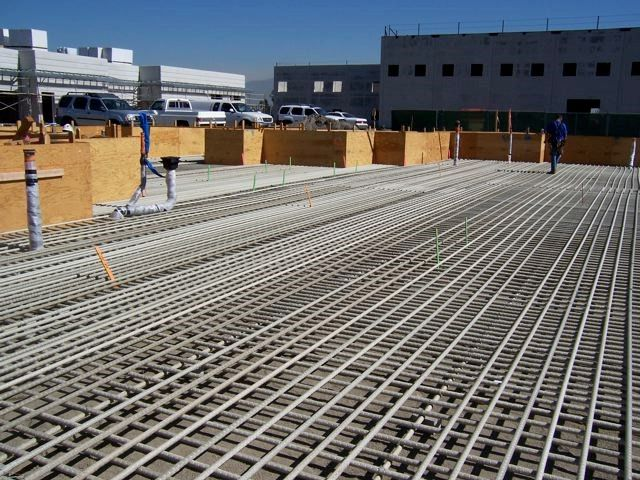- March 19, 2025
- Posted by: wellcoindustries
- Category: Rebar
Introduction
Composite rebar is steadily gaining attention in the construction industry due to its numerous advantages over traditional steel rebar. As an alternative reinforcement solution, it promises enhanced durability, longevity, and environmental friendliness. But is composite rebar worth the upfront investment, especially when initial costs can seem high? This comprehensive cost-benefit analysis will provide clear insights, helping construction professionals make informed decisions about incorporating composite rebar into their projects.

What is Composite Rebar?
Composite rebar, also known as Fiber-Reinforced Polymer (FRP) rebar, is made from high-strength fibers embedded within a polymer matrix. Unlike traditional steel rebar, composite rebar is immune to corrosion and significantly lighter, resulting in unique advantages and differences in performance and cost.
Advantages of Investing in Composite Rebar
Corrosion Resistance and Longevity
One of the most significant advantages of composite rebar is its inherent resistance to corrosion. Traditional steel rebar rusts over time, weakening concrete structures and causing expensive maintenance or repairs.
- Statistic: According to research, composite rebar can extend a structure’s lifespan by up to 50 years, significantly longer than the 15–25 years typically associated with traditional steel reinforcement.
Lightweight and Ease of Installation
Composite rebar weighs approximately 75% less than traditional steel rebar. This reduced weight directly translates to cost savings in transportation, handling, and labor expenses during installation.
- Example: Contractors report installation speeds improve by nearly 30–50% due to composite rebar’s lightweight nature, significantly reducing labor costs and accelerating project completion times.
Cost Savings Over Time
While the initial cost of composite rebar can be higher than steel, the long-term savings substantially outweigh the initial investment. Reduced maintenance, repair, and replacement costs make composite rebar a financially sound choice over decades.
- Comparison: A lifecycle cost analysis often reveals composite rebar is 40–60% more cost-effective than steel in the long term, especially in harsh or corrosive environments such as coastal or cold-climate regions.
Environmental Sustainability
Composite rebar offers substantial environmental benefits due to its lower carbon footprint, sustainable manufacturing processes, and recyclability.
- Expert Quote: According to Dr. James Matthews, a leading sustainability researcher, “Composite rebar reduces environmental impact significantly, offering a cleaner, greener alternative to steel.”
Potential Drawbacks and Considerations
Higher Initial Costs
One significant barrier is composite rebar’s higher upfront costs, typically 20–50% more than steel rebar. This initial investment can deter contractors who prioritize short-term budget constraints.
- Scenario: A medium-sized commercial project using composite rebar might initially cost $50,000 more compared to steel. However, these costs can be quickly offset within 10–15 years through significantly reduced maintenance expenses.
Less Familiarity Among Contractors
Due to its relatively recent introduction to the market, composite rebar can encounter resistance or skepticism among traditional construction teams unfamiliar with its properties and handling requirements.
- Tips to Overcome Skepticism:
- Provide contractor training programs emphasizing practical handling.
- Share detailed case studies highlighting successful implementations.
- Start with smaller projects or pilot programs to build confidence.
Real-world Examples of Composite Rebar in Action
Real-world applications demonstrate composite rebar’s clear advantages. Notably, projects such as bridges, marine facilities, and parking structures have leveraged composite rebar to improve structural integrity and longevity.
- Case Study: The Miami Marine Stadium Restoration utilized composite rebar to effectively combat Florida’s aggressive coastal corrosion. Project managers observed not only improved durability but reduced total lifecycle maintenance costs, validating their initial investment.
Conclusion
Considering all factors, composite rebar emerges as a wise investment for construction professionals who focus on durability, lifecycle cost savings, and sustainability. While initial costs are higher, long-term benefits like corrosion resistance, reduced maintenance expenses, ease of installation, and eco-friendliness provide substantial returns over time.
Call to Action
Have you considered or used composite rebar in your construction projects? Share your experiences or ask questions in the comments below. Subscribe or follow our newsletter for ongoing updates on innovative construction materials designed to optimize your projects.
